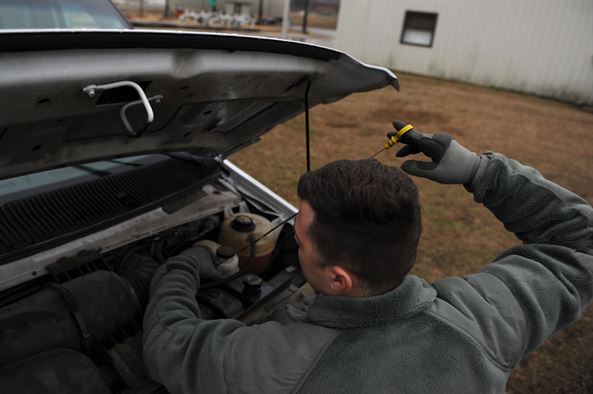Time and time again, Mercedes are seen as one of the best deals for second-hand cars. They not only look good, but the engines keep on running – making them a sound investment for anyone looking for good, reliable used car.
But when it comes to buying a used Mercedes, what should you look for to avoid buying a lemon? Read our guide on five things to look out for when buying a second hand Mercedes.
Research which model to go for
When it comes to buying a second-hand Mercedes, you need to know what type to go for. With so many models, and with your specific needs, there’s bound to be a great match. But what do you need your Merc for? Is it for business, hauling your family around on the school run and at the weekends? Is it for transporting your dogs or getting around rural areas? Settle on the Merc that is designed for your situation and also research any potential weaknesses associated with that particular model.
Choose a production year
Like wine, some car years are better than others. But the earlier you go, the cheaper the price of the car. Work out what years are best for the model in mind, and go from there. Remember, if you go for a much older car, it probably won’t have the level of features that you may be used to. This could mean anything from electric windows, CD player and decent air con system.
Check the logbook/service history
While most Mercedes are built to last, sometimes a car have a history of problems. Look through the service history and log book for any information that could suggest issues – accident reports or title changes are things to look for. The Merc you’re looking at might look the part, but under the bonnet tells a different story.
Look out for rust
Some older models from Mercedes experienced problems with rust. While the engine purred like a kitten after a 100,000 miles, the floor of the road could be visible in some vehicles. When you’re shopping around, don’t be afraid to grab your torch and look for signs of rust near the wheels, bumpers, doors and behind the registration plate.
Check for leaks
This seem like a simple check but it is often overlooked when you first see the car you have set your eyes on. While admiring the bodywork and the added extras, perform this simple check to see whether you’re buying a belter or a banger. Look underneath, are there any signs of oil or water? Ask the dealer how long the car has been standing there, any signs of leaks on the floor (or if raining, on engine hoses) can be a sign of long standing problems.
Look underneath the bonnet and check around the engine block for any signs of leakage. Check the engine oil cap and also dip the oil; if it appears empty then there is another sign of a potential leak or engine problem.
Check the fuel and vehicle mileage
If you’re planning to drive a lot in the car of your choice, mileage is very important. Find out what the fuel mileage is for your chosen model, this will have a major impact on the your weekly spend on the vehicle. Vehicle mileage is also important – you can work out whether manufacturer’s warranty is still covered on the car. It will also give you some idea on insurance costs – the higher the mileage, the more expensive your insurance payments will be.



